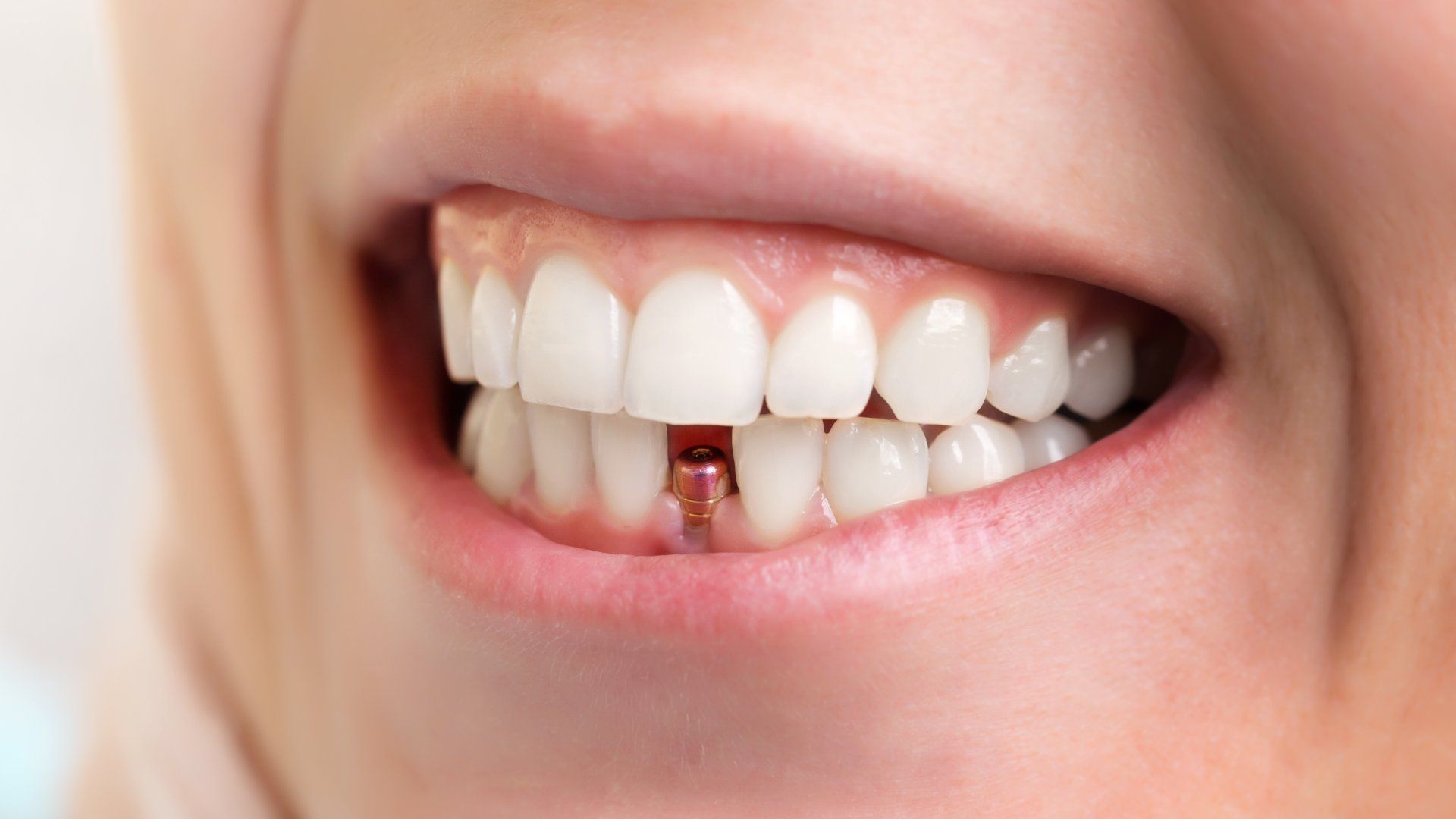No Dental Insurance? No Problem! Contact Us To See Your Options Today!
Dental Implant Restoration: An Overview Of The Process

Are you looking for replacement teeth to repair a damaged smile? If so, dental implants might be the best option for you. Maybe you've heard of these implants before, but you might be unsure if they would suit you or what the dental implant restoration process looks like.
While it can sound a bit complicated or confusing, this guide provides a simple-to-understand overview of dental implants, what the process looks like, and where to find an implant dentist in Camarillo and the surrounding areas. And, for the best information and assistance about a dental implant procedure, call the office of Paul Jang Dentistry today to request an appointment.
A Brief Overview Of Dental Implants
Dental implants are a type of replacement teeth that can be done instead of other options like dental bridges or dentures. This service is usually offered by a restorative dentist who is an experienced oral surgeon.
Overall, dental implants are a great option to replace a broken or missing tooth or teeth because:
- They last longer than most other replacement options. In fact, they usually last a lifetime, while other options often need replacing after ten or so years.
- They look and function the most like natural teeth. Once the dental implant procedure is finished, patients can eat, chew, talk, and use their mouths as normal.
- They are secure. Dental implant procedures lead to an extremely strong replacement tooth that won't become dislodged or move around in the mouth.
While dental implant surgery isn't a viable option for all patients, it is the best choice for many people. Keep reading to learn more about the implant placement process and what to expect.
The Basics Of How Dental Implants Are Placed

Dental implants are made up of three main components: the metal post, the abutment, and the replacement tooth. Here's a brief intro to each of these parts:
- The metal post: During the first dental implant procedure, a metal post is inserted into the jawbone. This post is made of an extremely durable titanium material. During this part of the procedure, the implant is placed by an experienced surgeon and will act as artificial tooth roots as the gum tissue heals around it.
- The abutment: On top of the post, the implant surgeon puts an abutment piece. This is somewhat like a cap on top of a screw. The abutment is where the actual artificial tooth will go during the final steps of the procedure.
- The replacement tooth: Finally, there's the actual replacement tooth. Once the gums and jawbone have healed completely, the restorative dentist will create a permanent prosthesis to go on top of the abutment. The prosthesis is custom and created using molds of your mouth and with materials that match your natural teeth.
Now that you know the parts that make up a dental implant, we will get into the specifics of implant surgery and how long the process tends to take.
The Tooth Implant Process

The tooth dental implant process usually takes many months. It is done in stages through various outpatient procedures and healing time between each step. Some people require fewer steps than others, but these are some of the steps that could be involved:
- Removing any damaged teeth
- Preparing the jawbone through grafting if the jaw isn't strong enough
- Placing the implant post
- Giving the jawbone time to heal and grow around the post
- Putting on the abutment
- Adding the replacement tooth or teeth
While most people can skip the bone grafting step, this is required if the jawbone isn't strong enough or if the gums have been impacted by periodontal disease.
Placing The Dental Implant Post
Most people will begin the process with surgery to place the actual implant. The implant is placed into the jawbone because it will act as the new tooth root.
While the term surgery does sound scary, the dental specialists who work on your mouth will do everything they can to make the process as comfortable as possible. Your dentist uses anesthesia and will determine the best kind of anesthesia to use for you.
After this initial procedure, you will have time to heal so the jawbone and dental implant can fuse together. In some cases, a temporary tooth replacement is added for appearance.
Placing The Abutment
Next, the abutment is attached to the implant post. The implant dentist will make a small incision to add the abutment. This is a minor surgery that uses local anesthesia.
In some cases, the abutment and implant post are added simultaneously, but generally, there are two separate steps.
The gum usually needs to heal for about two weeks before placing the prosthetic tooth.
Picking Artificial Teeth: The Final Step

Once your gums have finally healed, your dentist will make an impression of your mouth and create a crown. This crown is usually made of porcelain or ceramic materials and will match the color of your natural teeth. The customized crown is placed on the abutment.
There are two main kinds of dental implant replacement teeth: removable and fixed.
Should You Get Implant Dentistry?
Implant dentistry is a longer process than some dental procedures, but the results make the process worth it for most people. You won't have to keep coming back to update dentures or dental bridges, and you'll get permanent, beautiful replacement teeth that match your mouth and function well. Implant roots can usually support one or more teeth.
Reach Out To An Implant Dentist Today

Dr. Jang at Paul Jang Dentistry is a certified restorative and implant dentist who focuses on providing compassionate care for each patient. If you'd like to learn more about the benefits of implant dentistry in Conejo Valley, call the office today & request an appointment to a Dentist Moorpark.
Contact Us
Contact Us
We will get back to you as soon as possible.
Please try again later.
Camarillo |
Conejo Valley |
Fillmore |
Moorpark |
Simi Valley |
Thousand Oaks |
Ventura
Our Address
Office Hours
- Sunday
- -
- Monday
- -
- Tuesday
- -
- Wed - Thu
- -
- Fri - Sat
- Closed
